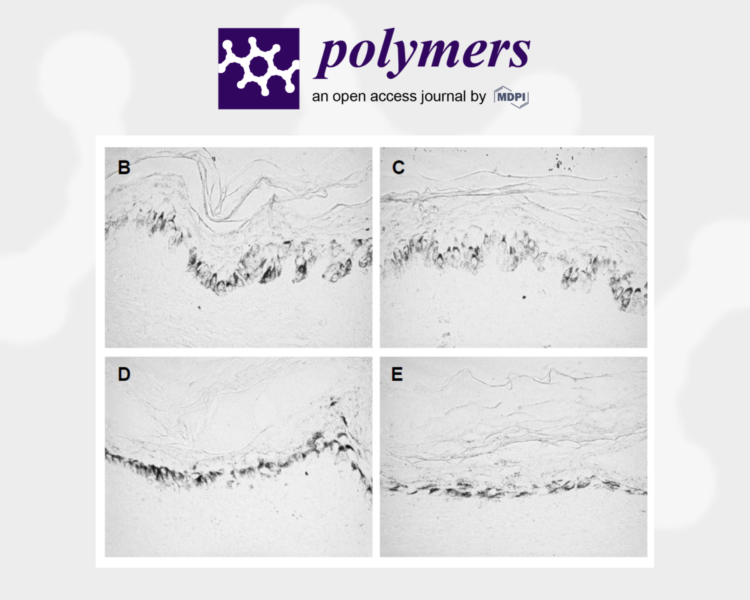
Issue 5: Perioral Area Rejuvenation
It Requires a High Degree of Injector Expertise
Well-defined and full lips represent attractiveness and beauty. The perioral area, extending from the wings of the nose to the chin, undergoes significant change with aging. It is affected by both intrinsic (changes in volume, boney support, skin elasticity) and extrinsic (smoking, straw use, sun exposure) factors and it is highly dynamic. These factors make correction with fillers challenging.
What are the treatment options?
Traditional approaches for aesthetic improvement have included the use of solo and combination treatments consisting of threads, peelings, laser, low-dose botulinum toxin and hyaluronic acid fillers. However, many filler products that are widely available are too stiff, impairing the natural, delicate motion of the lips necessary for speaking, smiling or puckering.
Which products to choose?
Selection of a specific product is a must. The lip area needs a cohesive HA gel that has to integrate naturally and with enough elasticity to adapt to the lip movements. Monophasic gels, like apriline® Normal, can be injected along the vermillion border to restore volume and improve perioral wrinkling. This product has a good cohesivity level which assures a natural and beautiful result. However, correct placement of traditional cross-linked hyaluronic acid fillers is difficult for ‘barcode lines’. It requires a high degree of injector expertise and familiarity with each individual product.

Combining monophasic gel and biorevitalizant:
To fill this aesthetic niche, a biorevitalizant such as apriline® Hydro is ideally suited for this purpose. Its non-crosslinked structure and high degree of dermal integration allows placement in the superficial dermis making it an excellent choice for correction of mild to moderate perioral wrinkles. Additionally, with this biorevitalizant there is no risk of Tyndall effect, lumpiness and ‘blebbing’ of product allowing the placement for both parallel and perpendicular to vertical perioral lines.
There are additional benefits of superficial placement of this non-crosslinked biorevitalizant. The structural integrity of the skin itself is improved as new collagen is stimulated, a process that decreases with age. The high molecular weight of hyaluronic acid imparts a stable, long-lasting source of hydration as it attracts water. This will improve the look of fine lines and replenish the skin’s youthful glow, further enhancing the injection results.
Using the Blanching Evolution injection technique
Last but not least, for optimal perioral correction, the Blanching Evolution technique is recommended.

With this technique you can see immediately the “blanching effect” (the whitening of the skin). And because of using a smaller gauge there virtually is no product waste neither risk of bruising. This technique is less reliant on physician expertise, product and needle familiarity.
Using the Blanching Evolution injection technique with a non-cross-linked hyaluronic acid biorevitalizant will help practitioners more easily achieve optimal correction of the perioral area while preserving the necessary subtlety of movements, such as speaking and smiling, that are critical to maintain for successful, natural-looking perioral rejuvenation.
Dr. Gabriel Siquier
Dameto Clinics International
Related Articles
-

Issue 11: CELLBOOSTER® GLOW: Anti-Aging and Depigmentation Effect of a Hyaluronic Acid Mechanically Stabilized Complex on Human Skin Explants
Gabriel Siquier-Dameto 1,2,†, Sylvie Boisnic 3,†, Pere Boadas-Vaello 2 and Enrique Verdú 2,* 1 Dameto Clinics International, 1171 VC Badhoevedorp,…
Read Article -

Issue 10: Positive results of striae distensae treatment with CELLBOOSTER® LIFT: Case Report
Gabriel Siquier-Dameto 1 – 2 Timur Taskesen 3 1. Private Practice, Dameto Clinics International, Aesthetic Medicine, Spain & the Netherlands; 2….
Read Article -

Issue 9 : Positive Results Of Scalp Seborrheic Dermatitis Treatment With CELLBOOSTER® Hair: Case Report
Gabriel Siquier-Dameto ¹ – ³ 1. Private Practice, Amsterdam, the Netherlands; 2. Private Practice, Mallorca, Spain; 3. Research Group of…
Read Article
